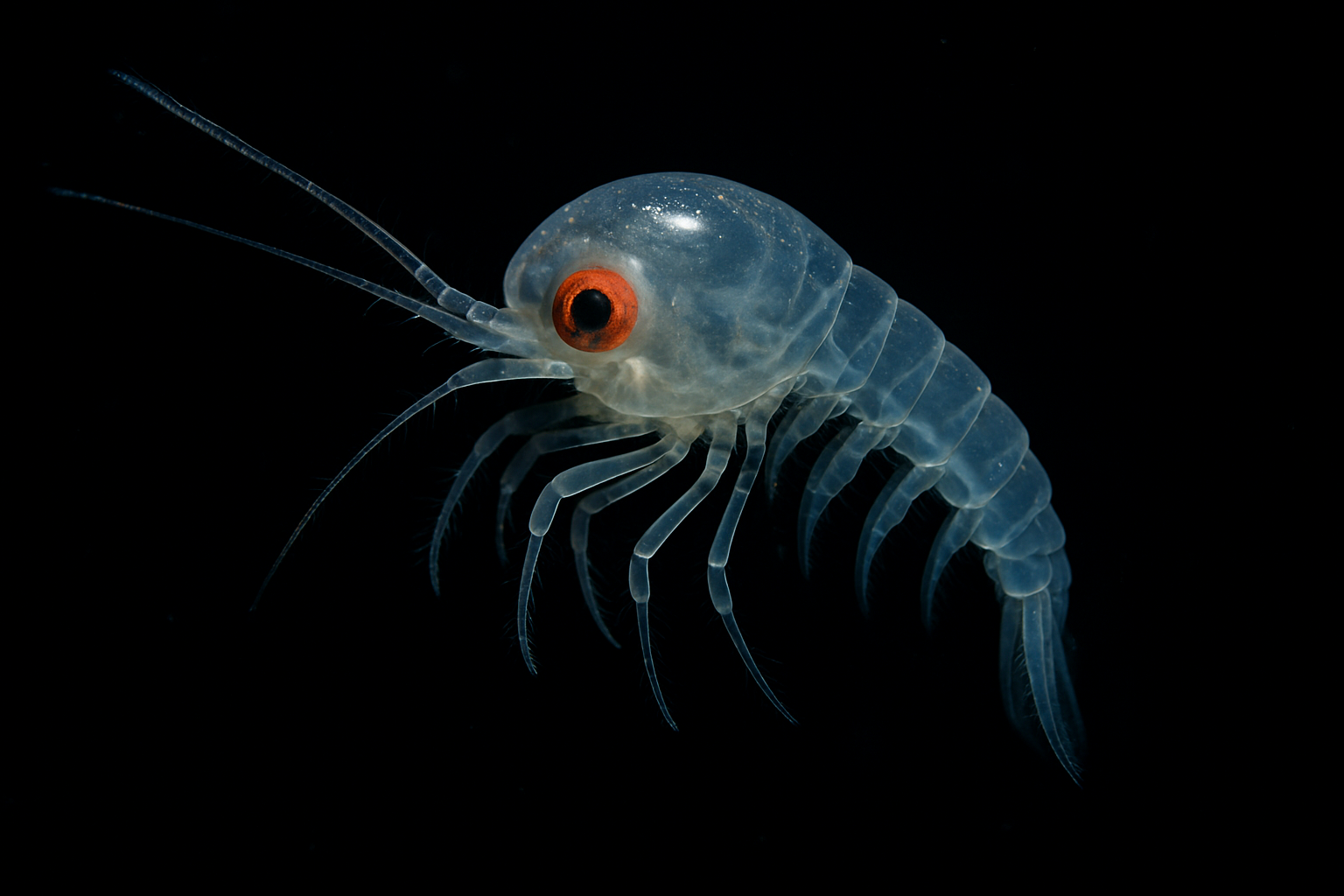Will Mining Hurt Deep-Sea Creatures? What We Know So Far

Life four kilometers beneath the waves is so alien that even today most species have no official name, yet scientists have learned enough to outline how mining could affect them.
On the flat nodule fields of the Clarion-Clipperton Zone, stalked sponges, sea cucumbers and tiny star-shaped creatures live on or between the rocks. If a crawler scoops the nodules away, those animals lose both their hard anchoring surface and the slow “snow” of food that settles on it.
A German experiment called DISCOL ploughed a test patch in 1989; when researchers returned 26 years later, the disturbed tracks still had fewer worms and microbes than untouched seafloor, suggesting recovery can take decades or centuries.
Vent areas tell a different story. Here, hot, metal-rich water feeds dense gardens of tube-worms, blind shrimp and bacteria that survive on chemistry instead of sunlight. Mining of sulphide chimneys would remove the very habitat those creatures need, and many vents are isolated islands.
Sediment plumes add another layer of risk. Fine mud stirred by the crawler or released water can drift for kilometers, clogging filter-feeding animals and burying newly settled larvae.
Engineers now fit machines with skirts and real-time turbidity sensors to keep clouds low, while regulators plan strict limits on how far a plume may spread before a crew must pause operations.
The bottom line is that deep-sea mining can affect creatures we’re only beginning to understand, yet the scale of that impact hinges on smarter machine design, disciplined operations and clear environmental rules.
Early pilot runs already hint that, with the right safeguards, metal recovery and deep-ocean ecosystems may be able to coexist — a question the next wave of trials is set to answer.



